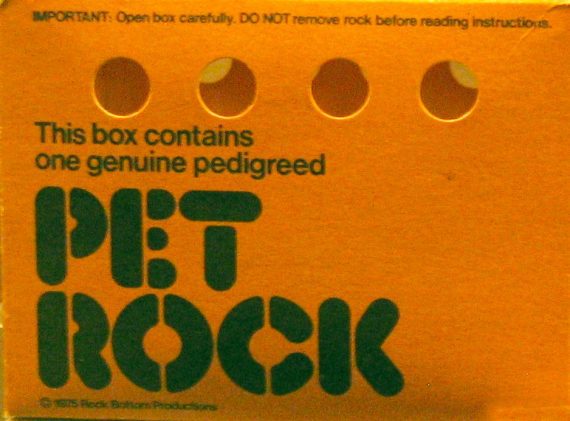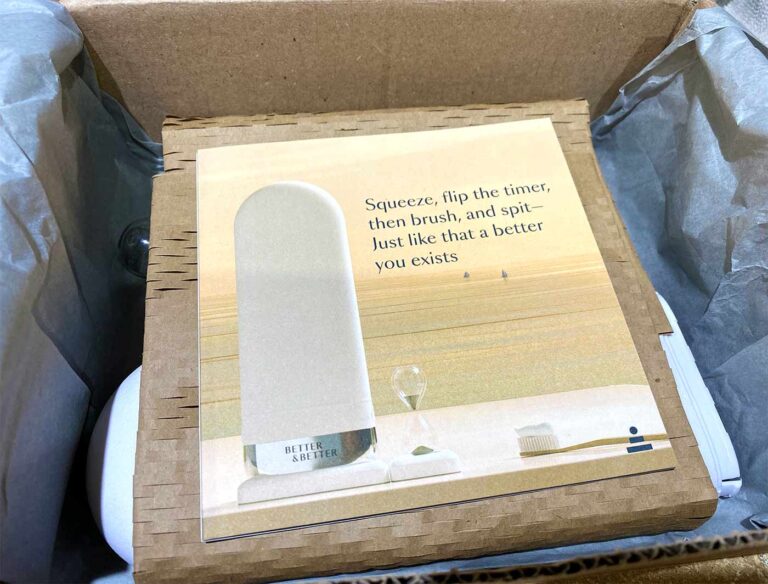Approve and respond to negative reviews. Humanize the experience by offering troubleshooting tips, empathy, and appreciation for the feedback. Responding to bad ratings tells others that you care.
It’s okay to remind customers that you appreciate them telling others about their experiences. A simple note of encouragement on receipts, order follow-ups, and support emails can go a long way.
9 Low-tech Selling Tactics
Don’t over-automate messaging. Relying too much on behavioral-based triggers can drive people away. For example, promoting only black shoes to a customer who once purchased that color can backfire. Instead, incorporate complementary products and categories. Analyze which pages shoppers visit and the products they buy over time to understand their likely interests.
Never underestimate the power of low-tech branding and conversion strategies. Many of today’s dominant companies claimed their space using these (and many other) methods. Incorporating a healthy balance of old-school and high-tech efforts can drive not-so-big businesses to long-term success.
Help people find what they need, even if you don’t sell it. One of the best ways to encourage return visits is by being helpful, even if that means sending shoppers elsewhere. People want solutions to their dilemmas. If you can’t fix the current problem, referring shoppers to another merchant can prompt them to consider you the next time.
If you lack the budget for high-end automation tools, there are still plenty of ways to fill the gaps left by massive competitors. Here are nine ways to catch the attention of savvy online shoppers and keep them returning for more.

Don’t hide managers from public view. Most of today’s company leaders are inaccessible, leaving lower-level staff — people who are rarely in the spotlight and can’t make big decisions — to interact with shoppers. Take a cue from many of today’s startup companies, where CEOs and other leaders converse with everyone. Incorporate leadership messages in emails, blog posts, and social media content.

Fast-changing tech trends make it difficult for merchants to compete with retail giants such as Amazon and Walmart. But those companies rarely offer a super-easy way for shoppers to make sound buying decisions. Amazon relies on its customers to “sell” products via reviews and Q&As, but it does little to guide visitors to the best solutions.
Show off your staff. Consumers want to support the folks who make things work, including the shipping and production departments. If you employ more than 20 people, consider introduction campaigns via landing pages, emails, and product recommendations.
Break the rules. Store policies exist because the shopper is not always right. However, sometimes breaking the rules is necessary. Remember that life happens, so sometimes you’ll need to extend returns deadlines or offer special discounts. Doing the right thing regardless of the rules builds trust and loyalty.
Ask customers what they want. When analytics isn’t enough, ask! Short online surveys are an excellent way to understand your target audience. Solicit responses in email confirmations, marketing messages, and post-checkout pages.
Focus on word-of-mouth marketing. Shoppers trust the buying advice of family and friends. Delivering quality products and services in conjunction with stellar customer service not only builds loyal relationships but also drives new customers you’d otherwise have to pay to acquire. This long-running revenue generator remains the most cost-effective way to build a strong brand.
Encourage employees to use your goods. Regardless of what you sell, what employees think about the products or services matters. The best restaurants ensure servers have tasted the food to make ideal recommendations. The more knowledgeable support and service teams are, the more they’ll sell and keep customers returning.
Low-tech, Long-term
Little Seed Farm showcases its entire staff for a more personalized about-us page.






![[New] Convert Experiments Debugger Chrome Extension](https://research-institute.org/wp-content/uploads/2022/09/new-convert-experiments-debugger-chrome-extension-768x279.png)